8 folk recipes for processing tomato seedlings from late blight in a greenhouse
When caring for tomato seedlings, do not forget to look under the leaves: many problems begin in inconspicuous places. If you see areas of unusual color, bulging, change in thickness, or other differences from normal sheets, try to determine the cause. Sometimes the plant communicates in this way that it lacks some nutrients or does not like the conditions: inappropriate temperature, improper watering.
Many pests hide in secluded corners and slowly eat plants. An attentive attitude to your pets will allow you to notice diseases in time, including late blight - the most dangerous and common enemy of tomatoes.
How to recognize phytophthora
First, dark spots with a pale green border appear on the inside of the tomato leaves, then these places are covered with a white bloom. If dark brown stripes on the stems are added to such signs, you can be sure that late blight attacked the tomatoes. The further development of the disease will depend on the living conditions of the seedlings: with high humidity, rotting will begin, and with dry content, it will dry out. Having noticed the first signs, immediately isolate suspicious specimens, even if you are not yet sure of the diagnosis. The infection spreads very quickly, it is worth delaying - and all seedlings will be infected.
The causative agent of the disease is a fungus that spreads spores. Favorite conditions of this organism:
- Humidity 90%.
- Temperature + 20⁰.
- Stationary air.
- Calcareous soil.
- Sudden temperature changes.
Do you want to get acquainted with this ailment and create a lot of trouble for yourself? Take soil from a bed, abundantly sprinkled with lime, thicken the tomato seedlings so that no air flow breaks through the greens, cover it with a film to maintain high humidity, water abundantly and put it on the balcony when the nights are cold and the days are warm. Under such conditions, phytophthora is provided for your seedlings.
You should not think that if you bought prepared soil, disinfected containers and tools, the infection will have nowhere to come from. The spores of the fungus spread through the air, settle on the soil and all objects. Often the seeds are already infected with phytophthora spores. You can create sterile conditions in the apartment, but fungus spores will still penetrate the room through open windows, on street clothes and shoes.
Prevention is better than cure
You need to start preventive measures from seeds. Before sowing, it is necessary to treat them with a solution of potassium permanganate: dissolve 1 g of powder in 0.1 l of water and pickle the grains for 20 minutes. You can use another composition:
- aloe juice - 0.1 kg,
- honey - 1 tsp,
- garlic juice - 4 drops,
- immunomodulator - 4 drops.
Soak tomato seeds for 12 hours before sowing.
Do not forget to treat instruments and containers with a disinfectant. If you prepare the soil yourself, be sure to steam it in a double boiler; for safety reasons, you can do this with purchased land. Before planting in the greenhouse, put things in order there, wash off all dirt, remove the remnants of last year's tomatoes. Spray all surfaces with EM preparations, for example, Baikal. You can fumigate phytophthora: pick up a bucket of embers, throw a piece of natural wool fabric and close the doors and vents for a day. You can mix 1 bucket of ash with 2 cups of tobacco dust and dust the ground and all structures.
Council. If there are a lot of seedlings, and you do not have enough funds to purchase high-quality soil for all the seedlings, buy one package. Prepare good compost in advance by watering it with EM preparations.Mix compost with purchased soil, disinfect and arrange in cups.
Properly care for your tomato seedlings, do not create a greenhouse environment with high humidity and still air. Not necessary water the seedlings too often, the soil must dry out. Tomatoes do not like drafts, but the air must not be allowed to stagnate between the stems. Don't plant your plants too close together, and air your plantings carefully every day. Do not forget about feeding, the seedlings should not lack any component. With good nutrition, the plants will be strong with good immunity, then late blight will not be afraid of them, the tomatoes will be able to fight the infection themselves.
When you prepare the holes for planting tomato seedlings, dilute 1 tbsp. spoon of copper sulfate in 10 liters of water, and pour this composition into the holes. When marking, take into account the size and density of an adult plant; tomatoes should not be in contact with each other. Better to grow less healthy tomato bushesthan to plant a lot of seedlings in a small greenhouse, which will soon die from late blight. After a few days, you need to process the tomatoes with the following composition:
- 10 l of water,
- 1 tbsp. a spoonful of potassium chloride
- 40 drops of iodine.
Each bush should take 0.5 liters of a prophylactic agent.
Traditional methods
Not everyone wants to use chemicals for edible crops, but it is necessary to fight late blight. For supporters of organic vegetable growing, there are many recipes that use only natural ingredients. The formulations need to be sprayed on tomato seedlings for both prevention and treatment.
- Dissolve 1 bottle of propolis tincture from a pharmacy in 1 liter of water.
- Mix equal amounts of water and whey.
- In 10 liters of water add 1 liter of skim milk and 15 drops of iodine tincture.
- Cut off the roots of the garlic, and chop the heads and aerial parts. Insist 100 g of the mass in 1 glass of water for 24 hours. Strain and dissolve 1 g of potassium permanganate in the infusion. Repeat treatment every 2 weeks.
- Soak 1 kg of broken straw in 10 liters of water and add a handful of urea. The composition should be infused for 3-4 days, then you need to drain the liquid, strain and spray the tomatoes 2 times a month.
- Prepare a solution of 10 liters of water and 1 glass of salt. Process once a month.
- Stir 100 g of yeast in 10 liters of water.
- Instead of copper sulfate, which accumulates in the ground and gets into the fruits, it is better to bury a small plate of copper under each tomato. The grown bushes can be tie up to the copper wire.
Council. There is a folk omen that is already suitable for adult plants. As soon as mushrooms have gone in the forest, be alert. Phytophthora is also a fungal disease, at this time, be especially careful: an outbreak of diseases is expected.
When growing tomato seedlings in a greenhouse, air the plantings more often, water them rarely, but abundantly. The high temperature protects against late blight, but the tomatoes themselves do not develop well in such conditions. Use a trick: in the very heat, close the doors and vents of the greenhouse for about 2 hours. During this time, the fungus will die, and the plants will survive if you do not forget to open the doors in time and let cool air inside.
Output. Phytophthora is a dangerous disease, but it is possible to cope with it. It will not be possible to completely protect the seedlings from infection: the spores of the pathogenic fungus spread through the air and fall on all objects: inventory, seeds, soil, seedlings. Before planting, it is advisable to disinfect everything, but you cannot calm down on this, any breeze can bring an infection with it. When buying seed, give preference to early maturing and fungal-resistant varieties.
The main way to combat late blight is prevention. Use folk methods and natural ingredients, and then you can be sure that these procedures will not affect the quality of the fruit. Do not forget about feeding and proper care of the seedlings: strong plants are less sick.Water the seedlings in the morning so that the soil dries up during the day and does not evaporate a lot of moisture during the cool night.
Immediately isolate diseased plants from healthy seedlings. Use separate tools and gloves to care for infected plantings. For treatment, use the same drugs as for prevention: potassium permanganate, iodine, copper sulfate and folk remedies. If you follow all the rules, late blight will not be able to greatly damage the crop.
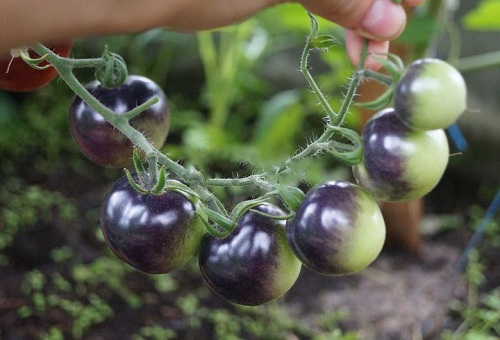
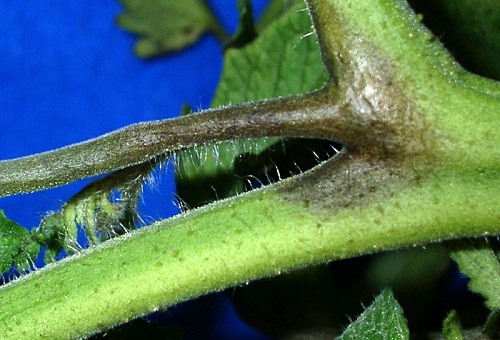
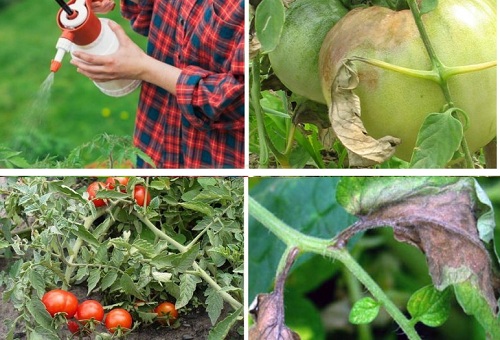
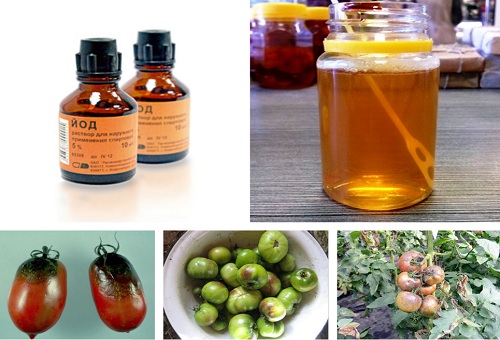
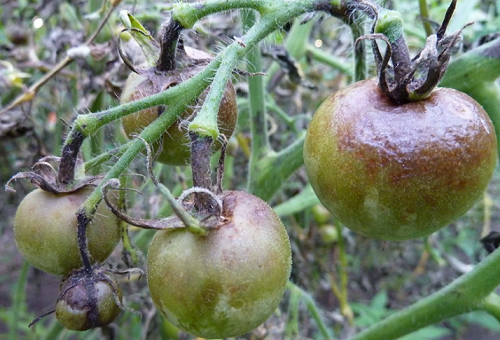
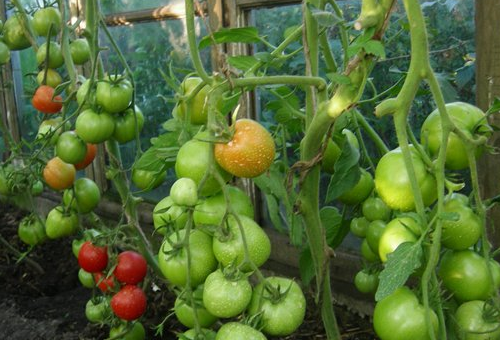
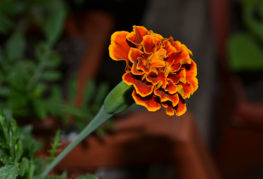
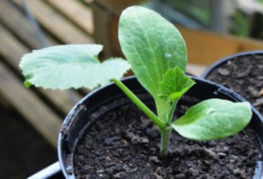
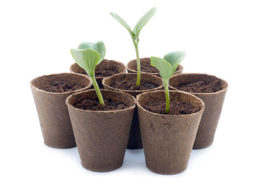
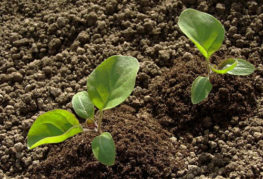
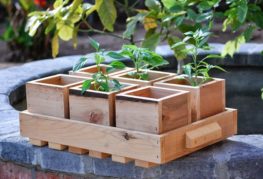
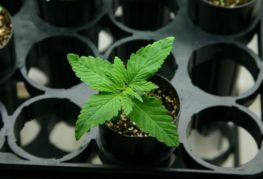
and will be published shortly.